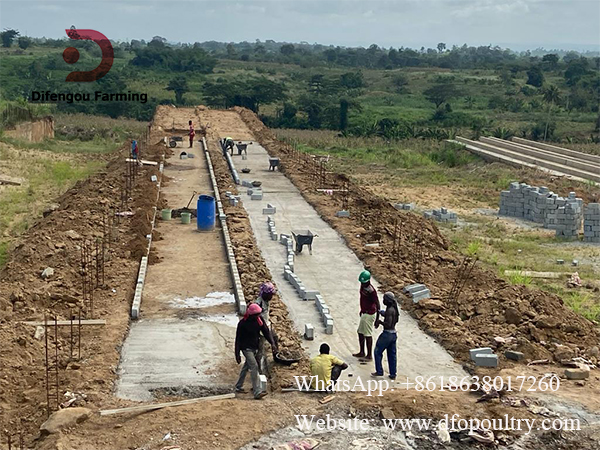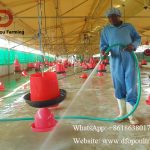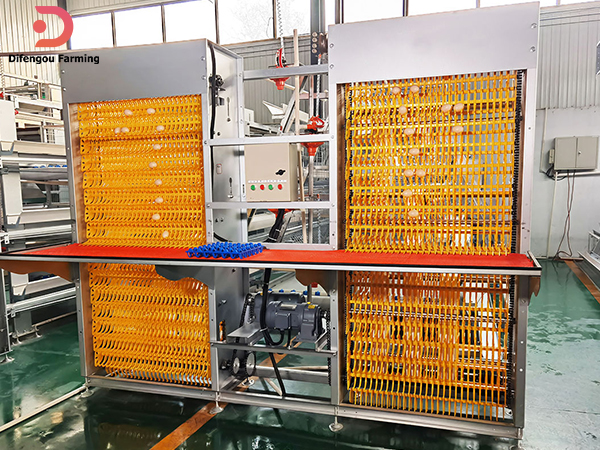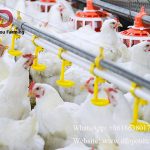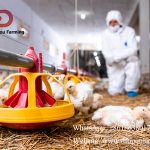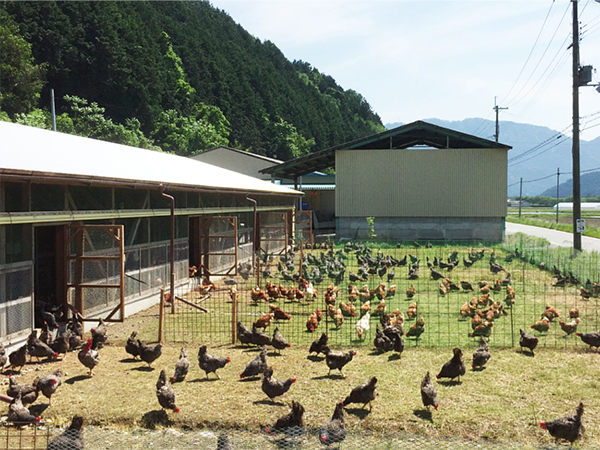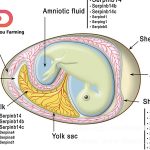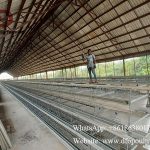Open-style Layer House Construction Model in Africa
In the vast regions of the African continent, characterized by a hot and humid climate with high temperatures lasting for an extended period, the average temperature ranges from 28 to 31°C. There are 215 to 315 days per year with daily average temperatures exceeding 25°C. Solar radiation intensity can reach 390 to 1047 watts per square meter. According to data analysis, open-style chicken houses in the African regions experience a 15% to 20% decrease in feed consumption and a 15% to 25% decrease in egg production rates during the hot weather. However, water consumption increases by 50% to 100%, and the resistance to various diseases decreases. Overcoming the impact of high temperatures on poultry production in hot weather has always been a significant technical challenge for high-density poultry farming in Africa.
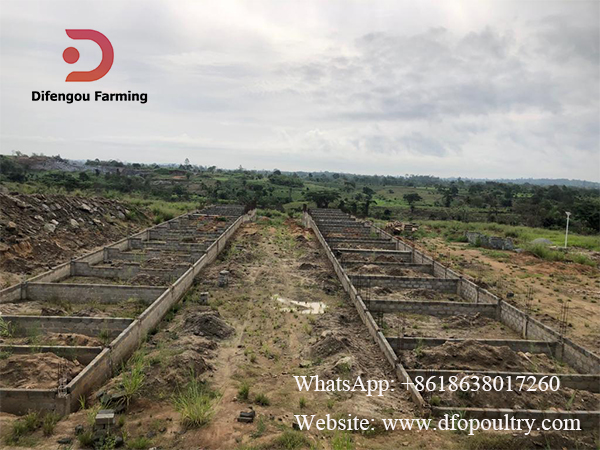
Under such weather conditions, when the temperature inside the house is high, ventilation becomes an effective way to cool the chicken house. Ventilation helps remove moisture, carbon dioxide, chlorine, hydrogen sulfide, and other harmful gases from the house. It also expels harmful microorganisms such as dust, particles, and bacteria, contributing to air purification and providing favorable conditions for the chickens.
Currently, in the process of promoting the standardized farming of laying hens, most farmers prefer to use the vertical ventilation and water curtain cooling method for mechanical ventilation. This method has been proven to be an effective way to reduce the temperature inside chicken houses during the hot summer in Africa. However, mechanical ventilation consumes a significant amount of energy, resulting in relatively high production costs. Also In many regions of Africa, the power supply from the national grid is extremely unstable. In the case of using fully enclosed chicken houses, a power outage can lead to irreparable losses such as heat stress reactions in laying hens, resulting in chicken mortality and a decline in egg production performance within a very short period. In fact, by making full use of the terrain and topography, adapting to local conditions, and cleverly planning the natural ventilation of open chicken houses, it is possible to fully utilize natural thermal and wind pressure, thereby greatly saving the energy required for mechanical ventilation, making it highly economical. With proper production management, naturally ventilated chicken houses can also achieve excellent production results.
Site Selection for Chicken Farms
The appropriateness of site selection is crucial, as it affects hygiene and epidemic prevention, the growth of chickens, and the efficiency of the poultry workers. It also determines the success and profitability of chicken farming. Site selection should consider comprehensive factors such as area, topography, soil, orientation, transportation, water source, power supply, epidemic prevention conditions, natural disasters, and economic environment. Generally, site selection must adhere to the following principles:
(1) Beneficial for Epidemic Prevention: Chicken farms should not be located in densely populated residential areas or concentrated factory zones. It is not advisable to choose places with frequent traffic or in close proximity to livestock and poultry trading venues. It is preferable to select more remote yet accessible locations, as such places are less prone to disease transmission, contributing to effective epidemic prevention.
(2) Site Conditions: The site for chicken coops should be in elevated, dry, and well-drained areas. Choose high, dry, and sunny locations to avoid building in low-lying, damp paddy fields, flat terrain, or valleys. The ground of the chicken house should be flat with a slight slope for effective drainage, preventing water accumulation and mud. The terrain should be open and orderly, avoiding overly narrow or angular spaces. In hilly areas, it is generally advisable to choose south-facing slopes with a slope of less than 20 degrees, facilitating drainage, sunlight exposure, and maintaining a comfortable temperature throughout the seasons. The key is to adapt to the local conditions, making full use of the natural terrain, such as using tree lines, hills, and ditches as natural barriers for the chicken house, located on hilltops to achieve cooling and to be far from villages and sources of pollution.
(3) Shade in the Area: There should be shaded areas with bamboo, trees, or other vegetation within the site.
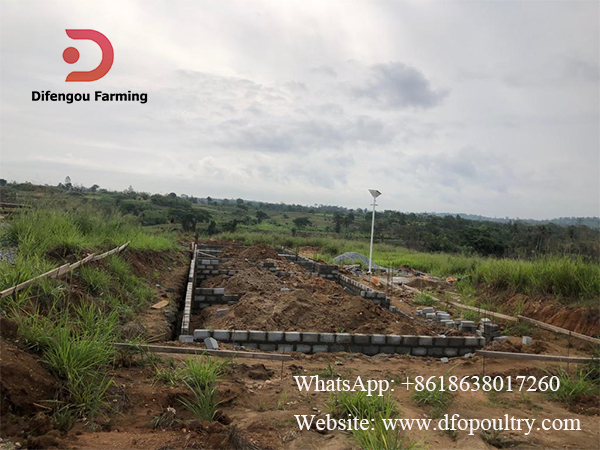
(4) Water and Power Supply: The chicken farm requires water and electricity, so it must have a reliable water source and power supply. Ideally, the water source should be tap water. If tap water is unavailable, the site should be located where underground water resources are abundant and suitable for well drilling, with water quality meeting sanitary requirements for human consumption.
(5) Downwind Location: Choose a location downwind from village residential areas, with the terrain lower than the residential areas. However, it should be away from sewage inlets and outlets of residential areas. Avoid selecting locations downwind or in close proximity to industries that may cause environmental pollution, such as chemical plants and slaughterhouses.
(6) Distance from Traffic and Villages: The location should be far from major transportation routes (such as railways and national highways) and villages, with a distance of at least 300-500 meters. It should also be separated from common roads by a distance of 100-200 meters.
